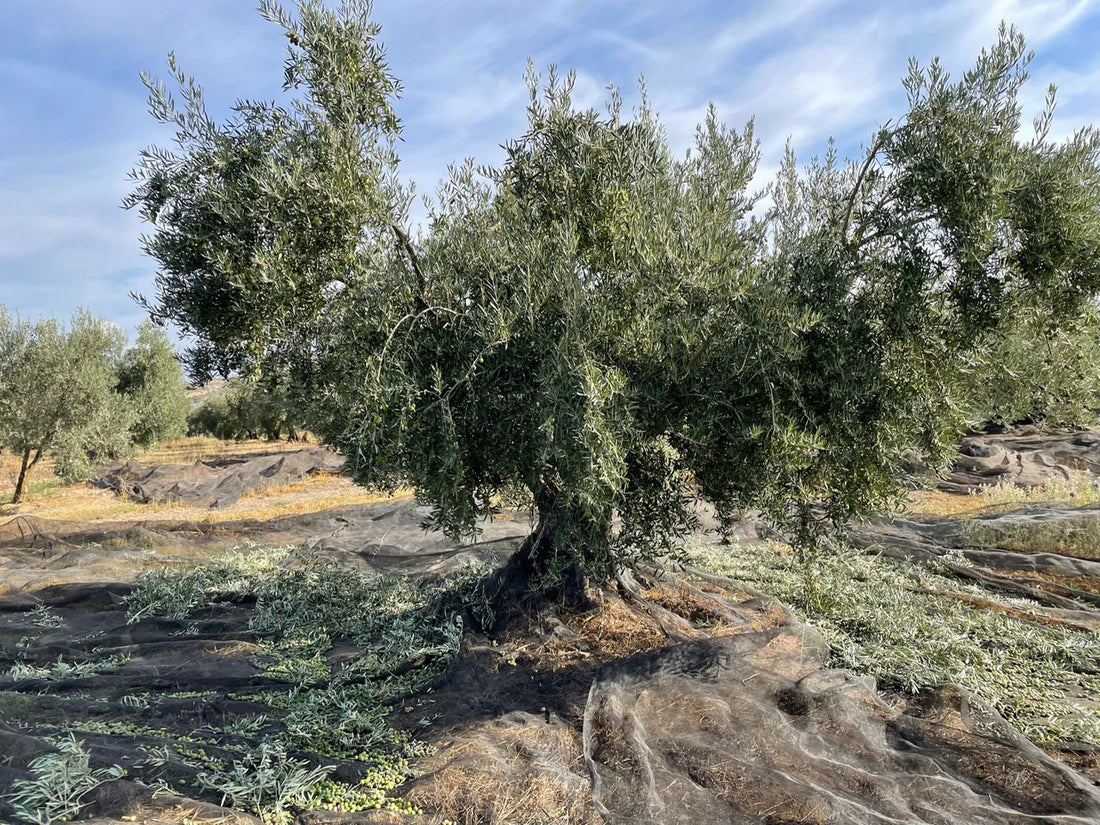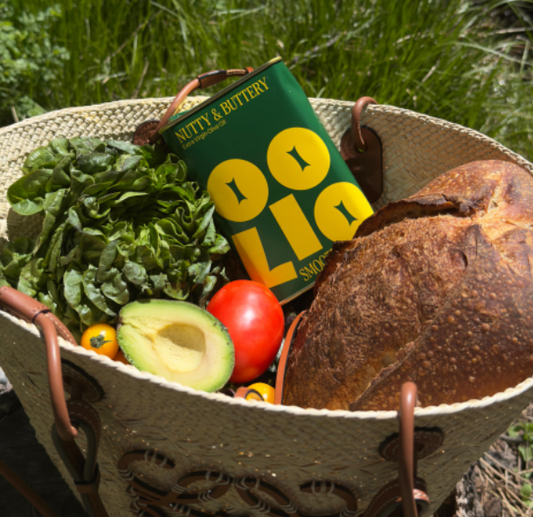
Olive Oil vs Extra Virgin: What’s the Real Difference?
If you’ve ever found yourself staring at an olive oil label wondering what the difference is between olive oil and extra virgin olive oil, you’re not alone.
It’s one of those things that’s weirdly confusing for a product that’s been around for thousands of years. Add in words like “virgin,” “refined,” “light-tasting,” and “cold-pressed,” and suddenly choosing a bottle becomes a guessing game.
So let’s break it down. What do these labels actually mean, and why does it matter? Especially if you care about flavor, cooking, or what you're putting into your body.
What even is olive oil?
At its core, olive oil is just oil extracted from olives. But there are different ways to do that — and the method used (plus the quality of the olives) changes everything: flavor, color, shelf life, and nutrition.
That’s where categories like “extra virgin” and “refined” come into play.
So... what makes extra virgin different?
Extra virgin olive oil (EVOO) is the highest-quality grade you can get. It's made from fresh, healthy olives and extracted solely by mechanical means — no chemicals, no heat. This process keeps the oil’s flavor and nutrients intact.
To officially qualify as extra virgin, it also has to:
-
Have an acidity level below 0.8% (Oolio has 0.25%)
-
Pass a certified sensory tasting panel (yep, that’s a real thing)
-
Be completely free of taste defects
The result? An oil that actually tastes like olives — sometimes grassy, sometimes peppery, sometimes a little fruity — and that retains a high level of polyphenols (more on those in a second).
At Oolio, this is the only kind of olive oil we make. Not because it sounds good on a label, but because it’s the only one worth using.
Our current batch has a polyphenol level of 462 mg/kg — which is high. Most grocery store oils sit somewhere between 100–200 mg/kg, if they include that information at all. Anything above 250 mg/kg is considered excellent.
High-polyphenol oils aren’t just more nutritious — they also have more flavor, more complexity, and tend to last longer (when stored right).
And what about oils that just say “olive oil”?
Here’s the deal: if a bottle doesn’t say “extra virgin,” it’s likely refined.
That means it’s been processed with heat and/or chemicals to remove imperfections, which also strips out most of the natural antioxidants and flavor. These oils are usually a blend of refined oil and a small amount of virgin oil to add color and taste.
You’ll see these sold as “pure olive oil,” “classic olive oil,” or sometimes “light-tasting olive oil.” Despite the name, they’re not purer — they’re just more neutral.
If you're using olive oil for flavor or health, refined isn’t the move.
So then, what is virgin olive oil?
Virgin olive oil is a bit of a middle ground. It’s mechanically extracted, like extra virgin, but doesn’t meet all the strict standards. It can have a slightly higher acidity (up to 2%) and minor taste flaws. You won’t see it often in U.S. grocery stores — most brands either refine it or sell it as extra virgin (whether or not it technically qualifies).
How can I tell if my olive oil is actually good?
Honestly? It can be tricky. A lot of oils labeled as “extra virgin” don’t actually meet the criteria. Some are old, poorly stored, or even diluted with cheaper oils.
Here are a few things to look for:
-
Harvest date — This is more useful than the “best by” date. You want fresh oil (ideally within 12-18 months of harvest).
-
Opaque or dark packaging — Light and heat degrade quality. If it’s in clear glass, skip it.
-
Single origin — Oils labeled “product of Italy, Spain, Greece, and Tunisia” are likely blended. Single origin = more traceability.
-
Taste — A high-quality EVOO will have a bit of a bite. That peppery finish at the back of your throat? That’s the polyphenols doing their job.
-
Lab-tested polyphenol levels — Most brands don’t share this. We do.
So… which one should you be using?
If you’re using olive oil for its benefits — whether it’s flavor, nutrition, or both — go extra virgin. And make sure it’s legit.
Oolio is:
-
100% extra virgin
-
Cold-extracted from hand-harvested Sicilian olives
-
Naturally high in polyphenols (462 mg/kg)
-
Packaged in a custom-designed tin to block out light and preserve flavor
-
Made to taste good and look good in your kitchen
We care about quality, but we also care about experience — how it tastes on toast, how it hits when you drizzle it over warm pasta, how it makes something simple feel a little more special.



